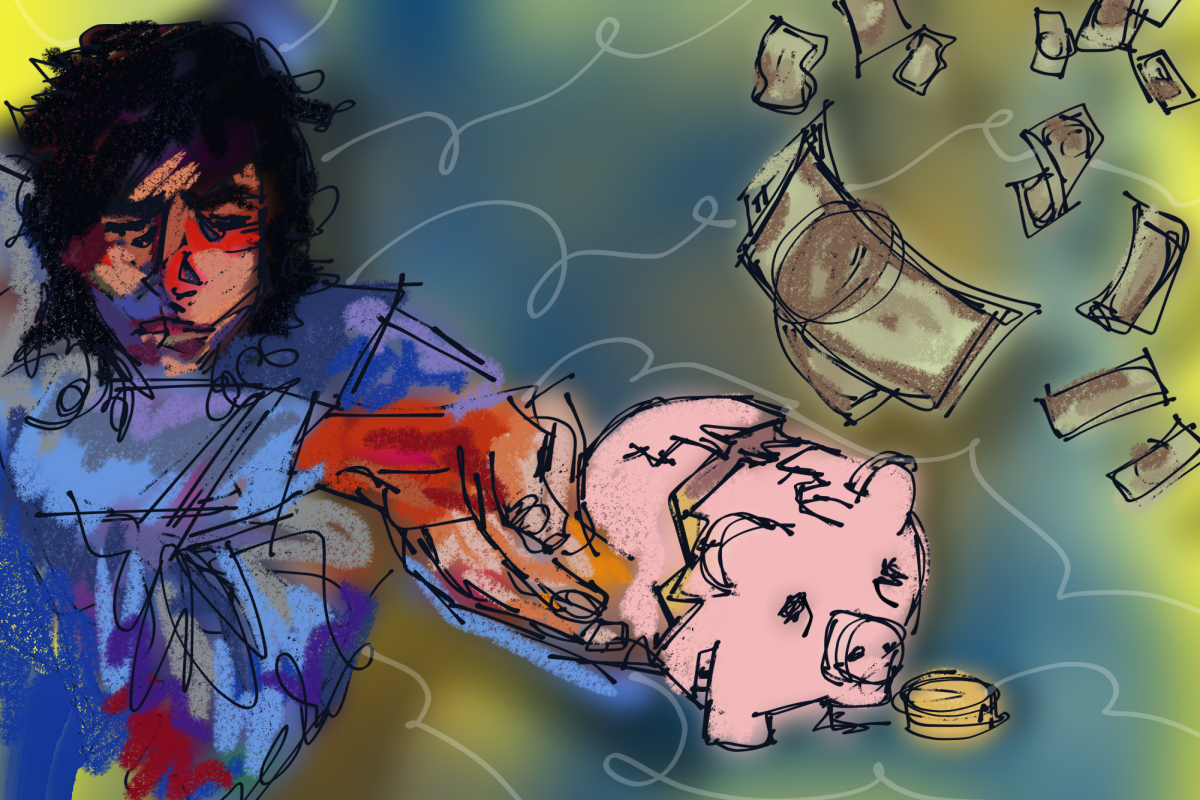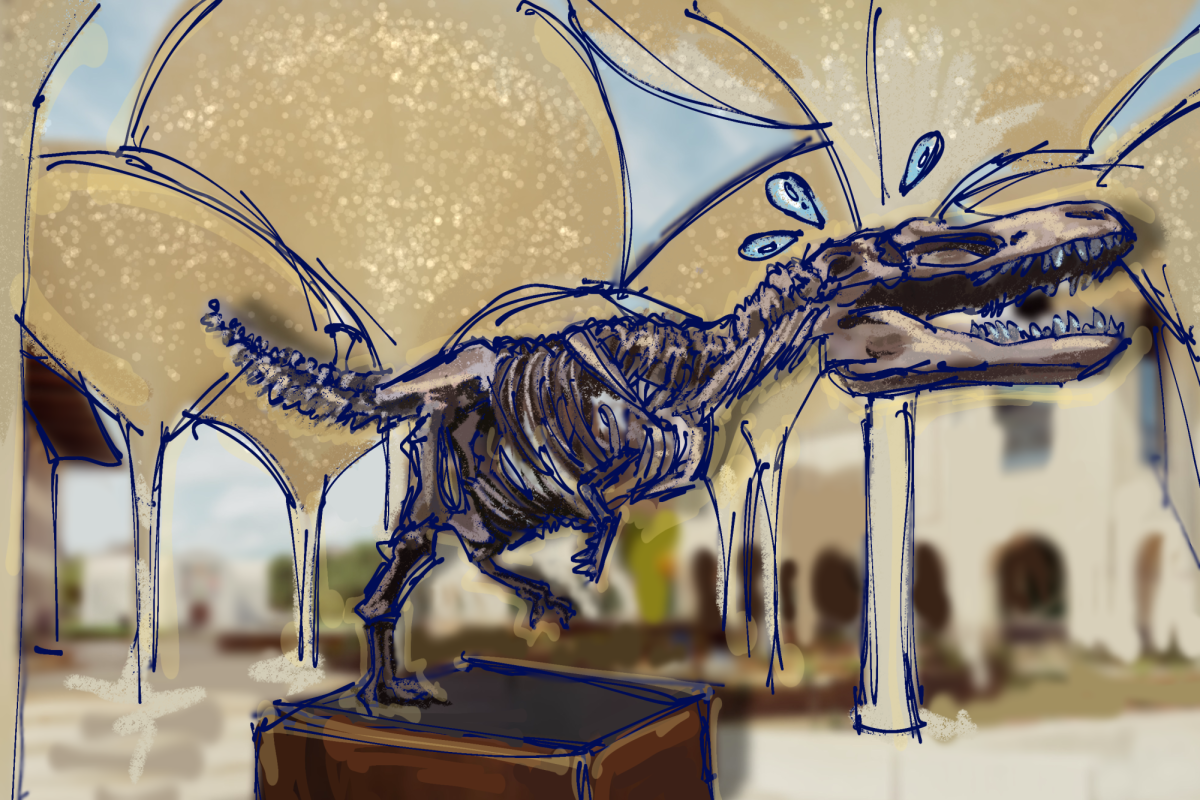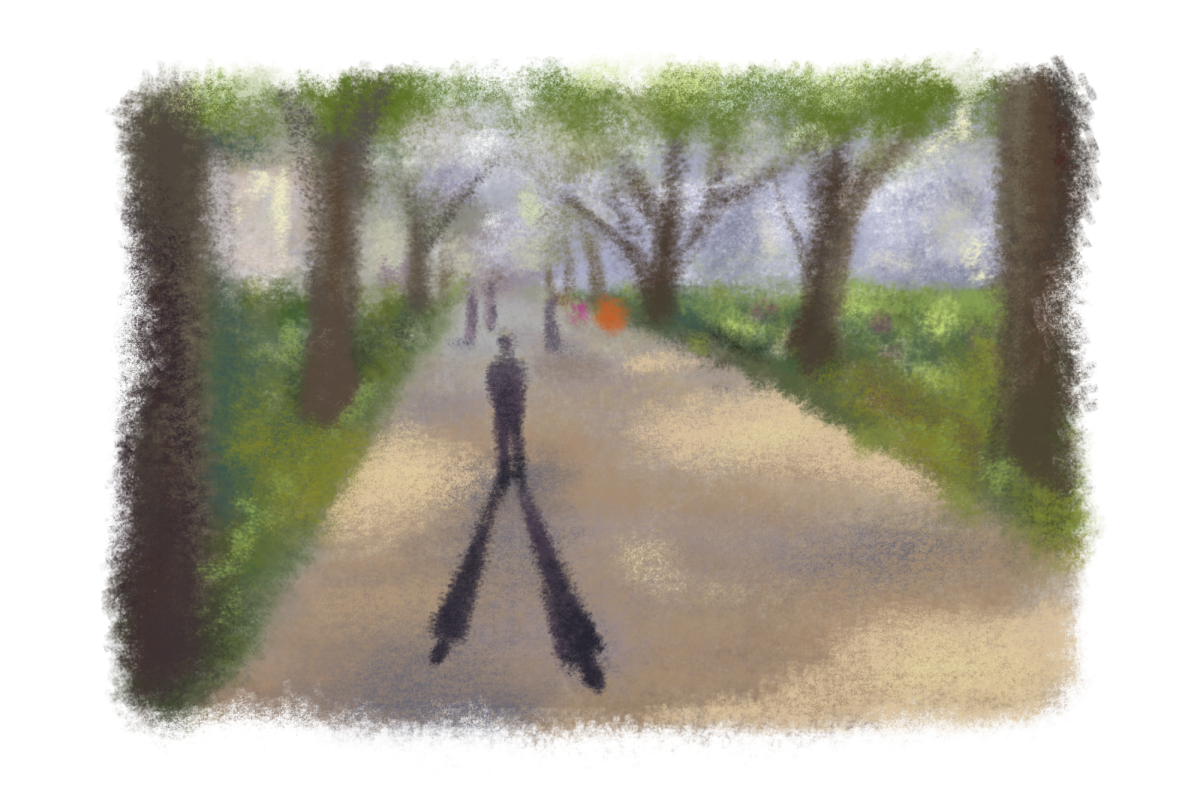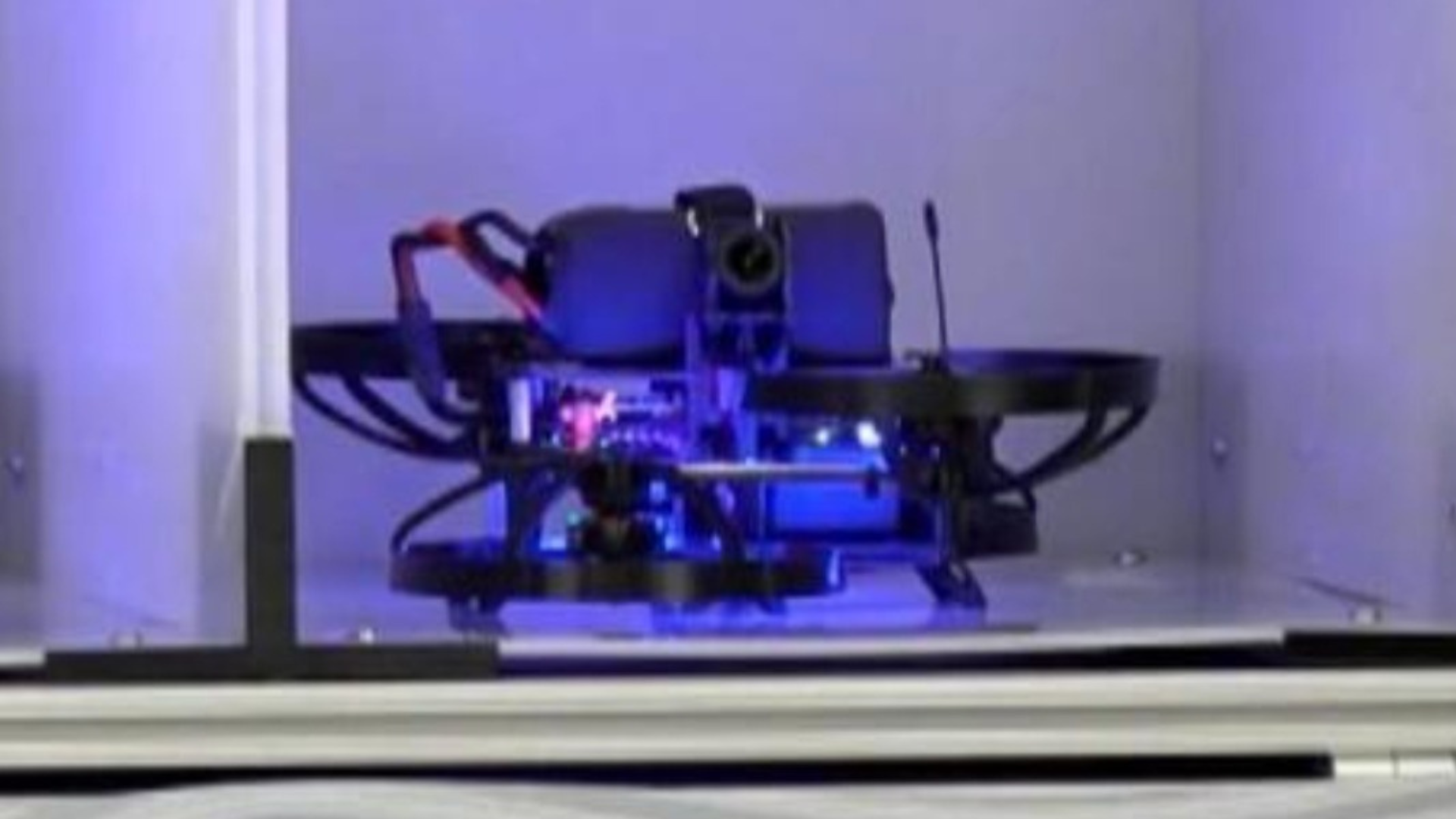Every fall, students from all over the country return to UT to flood campus sidewalks, rekindle friendships and swap summer stories. Freshmen wander wide-eyed past the Tower taking photos, while upperclassmen move with the steady rhythm of those who walked these paths before.
But, at a massive school like UT, that’s not always easy. The University offers the prestige and opportunity of a world-class institution. Its size is just as defining, with plenty of perspectives. With over 50,000 students, it’s easy to get lost in the crowd, especially if you don’t immediately land in the right student organization, friend group or major.
“My initial impression was that it was big and overwhelming,” dance sophomore Andrea Bernal said. “I graduated with a class of 120, so coming to such a huge campus after that was such a shock.”
Especially at a large university like UT, establishing strong connections is vital for student success. The Institute for Higher Education Policy
found
that a student’s sense of belonging, both socially and academically, is related to their GPA, retention and mental health. National studies
show
that students who feel engaged during their first year are more likely to stay enrolled and thrive academically.
“(A) sense of belonging is incredibly important for student success at the University,” said Scott Brown, executive director of student engagement at COLA. “Their sense of connection and mattering is important to their overall well-being, which certainly affects how they perform in the classroom.”
However, programs providing support to students have been cut. In response to
Senate Bill 17
, the University closed the
Multicultural Engagement Center
and
Monarch
, programs where students could find belonging and mentorship. These initiatives provided students with an introduction to a system that might be intimidating, but
without them
, they’re left to handle the enormity and complexity of UT by themselves.
Some feel that it’s the student’s responsibility to reach out by joining organizations, attending events or introducing themselves. While student effort counts, that viewpoint ignores how intimidating college can be, especially for
first-generation students
, those from
rural
areas and those suffering from social
anxiety
.
“It’s scary putting yourself out there, especially if you’re from a small town or a very small high school and you come to UT, it’s gigantic,” said Patty Moran, assistant dean for the First-Year Experience Office. “Students who have some sort of connection to another student, faculty member, advisor (or) staff member are much more likely to continue from their first semester to their second and then graduate.”
Although UT has seen a loss in campus-sponsored diverse and equitable organizations, students are still able to find communities through First-Year Interest Groups (FIGs). Students attend classes together in small-group learning communities, meet with a professional facilitator and peer mentor. They learn about a variety of topics, including time management and mental health assistance.
“Having something in common in (an) academic space can be really key, because you’re going to share a lot of the same interests (and) utilize the same resources,” said Jeff Mayo, director of the First-Year Experience Office. “Maybe in some shared courses, you’re studying for tests (or) working on projects (together). Having something that’s rooted in a shared academic experience (creates a) small community.”
Investing in FIGS and student support programs is a step in the right direction. Big universities provide huge possibilities, but students must feel seen and supported. That begins with protecting spaces and programs that make students feel like they belong.
Vazquez is a journalism sophomore from Monterrey, Mexico.












